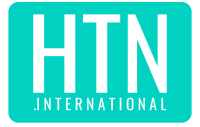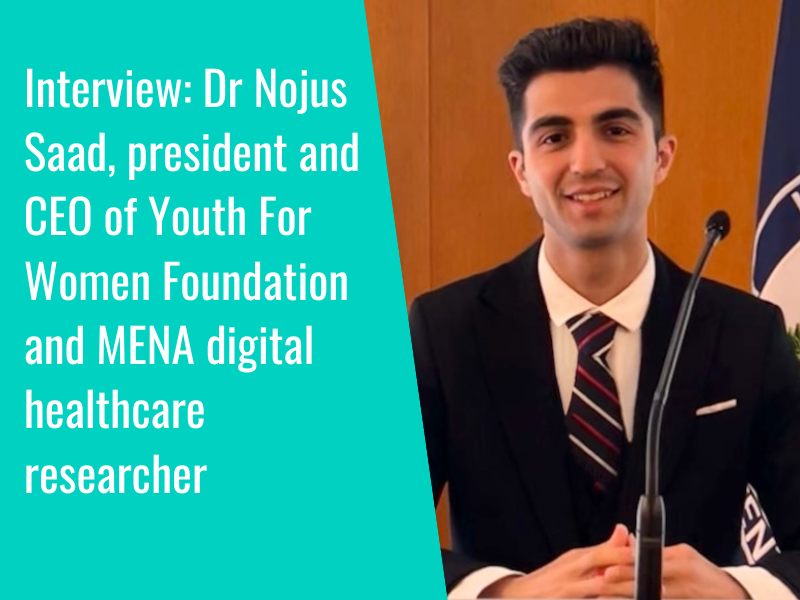Join us as we take a look into digital health transformation in Japan, to find out more about how the nation is embracing technology in the realms of health and care.
In a report published on Japan’s digital policy in December 2021, the Minister for Digital, Karen Makishima, spoke of the “wake-up call” that the COVID-19 pandemic had been for Japan’s digital transformation, and highlighted that management of the health crisis had been “hampered by outdated and cumbersome administrative system”.
A key feature of Japan’s digital transformation, up to 2021, had been the fragmentation of digitalisation, with pursuits in this regard taking shape separately across ministries, agencies, and local governments. Recognising the drawbacks of this approach, Makishima’s report notes the role of the Digital Agency which was launched in September 2021 with “strong powers of comprehensive coordination, such as the power to make recommendations to other ministries and agencies”.
Digital transformation plan
The Japanese government published its “Medical DX Reiwa Vision 2030” plan in May 2022, with a focus on establishing a national medical information platform to promote digital transformation in health. The plan’s objectives include standardisation of operations and systems, the standardisation of electronic medical record information, the advancement of big data analytics, and the promotion of digitalisation within the health sector.
The 2022 Annual Health, Labour and Welfare Report, meanwhile, highlighted efforts in service reform toward establishing a sustainable social security system amidst challenges arising from a shrinking population, including the promotion of remote diagnosis and treatment, and support for the introduction of “nursing care robots” and other technologies in elderly care.
Electronic health records
An OECD working paper published in September of 2023, titled “Progress on implementing and using electronic health record systems: Developments in OECD countries as of 2021”, ranked Japan as the lowest of 27 countries for electronic medical record coverage, with around 45 percent of settings covered on average.
Since 2016, however, the paper cites Japan as having adopted a system “where at least a minimum data set is exchanged nationally”, and as having in place arrangements which allow for the sharing of patient data on things like treatments, medications and lab results.
In line with the “Medical DX Reiwa Vision 2030” plan, an update from the Prime Minister’s Office highlights that the government of Japan intends to develop cloud-based standard electronic medical records to allow the sharing of “necessary patient medical information at all medical institutions by 2030 at the latest”.
Research
What has taken the focus when it comes to digital health and research in Japan?
An article published in Hypertension Research explored the use and acceptance of telemedicine research for cardiovascular risk in the country, concluding that “there have been very few interventional studies in Japan” on telemedicine versus standard care, that “methods of online consultation considerably varied among studies”, and that “more evidence is necessary for wide implementation of telemedicine in hypertensive patients in Japan”.
An analysis of studies of interventions including remote monitoring of BP and pulse rate, for at-home cardiac rehabilitation, as well as a wider analysis of telemedicine for other cardiovascular risk factors such as smoking and diabetes mellitus, led the study’s authors to conclude that there is a need to develop a consistent approach and guidelines for the implementation of telemedicine in Japan.
Citation: Shibata S and Hoshide S (2023) Current situation of telemedicine research for cardiovascular risk in Japan. Hypertension Research 46.
Elsewhere, an article published in Frontiers in Digital Health looked into Japanese consumer attitudes toward the digital transformation of over-the-counter medicine and e-health literacy, finding that more than 89 percent of respondents “preferred local pharmacies or stores rather than online purchasing”, but that behaviours such as looking online for further information on medications was “positively correlated with eHealth literacy”.
Conducting an online survey in the Greater Tokyo Area of Japan targeting men and women aged 20-49 years, the study’s authors received a total of 450 responses, covering areas including behaviour and preferences for OTC medicines purchasing, the Japanese version of the eHealth Literacy Scale, and questions about demographics.
A key finding was that the reasons participants liked to be able to physically browse medicines on shelves was the ease with which they could compare, the relief of communicating with a pharmacist directly, and the ability to check the actual product. Authors thereby proposed a “hybrid digital experience”, with a focus on overcoming the “anxiety and skepticism brought on by digital design from the viewpoint of consumers” and offering an experience which is “comforting, safe, reliable, understandable, and effective”, as well as being consistent in information design and interaction logic between store and online experiences.
Citation: Tang G, Izumi K, Izumisawa M and Koyama S (2023) Analysis of Japanese consumers’ attitudes toward the digital transformation of OTC medicine purchase behavior and eHealth literacy: an online survey for digital experience design. Frontiers in Digital Health 5.
- 1
- 2














